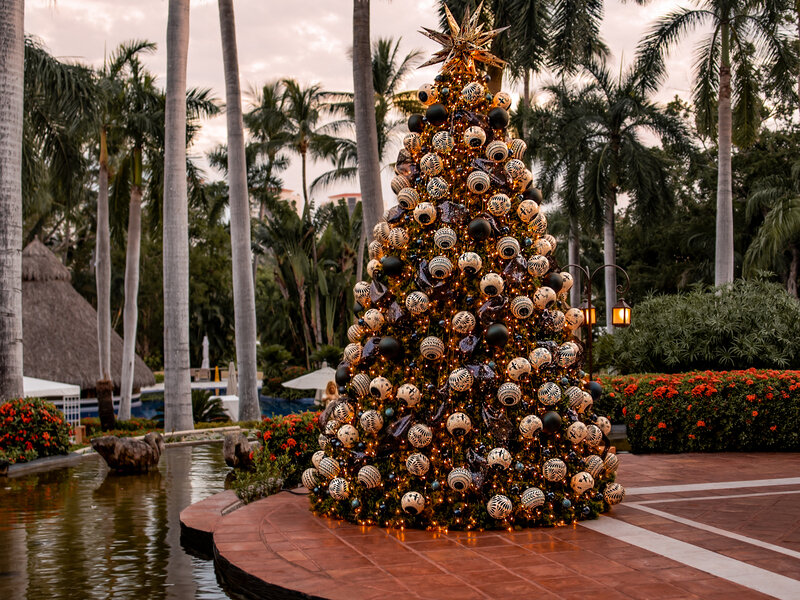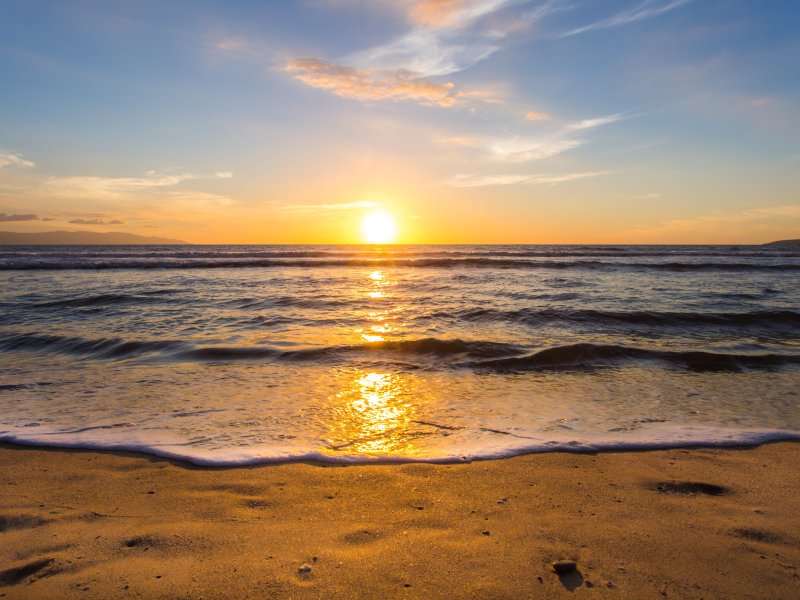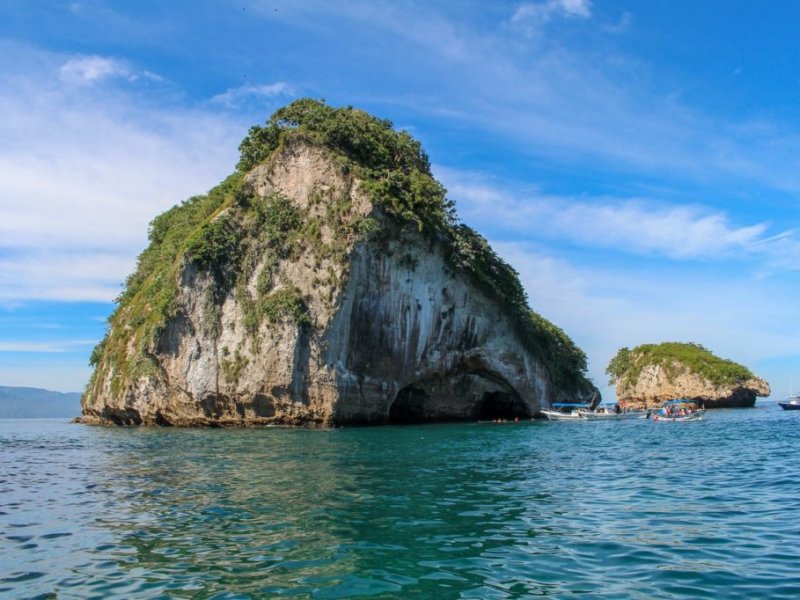Uncategorized
Humback Whales in the Bay of Banderas
By Manuel Calderón de la Barca
From the December to April, one of the largest mammals in the animal kingdom can be seen in the Bay of Banderas. It is in fact the 5th largest species of whale, and each year travels over 7,400 kilometers from the North Pole to the coasts of the Pacific Ocean.
All who visit Puerto Vallarta have the opportunity to admire these creatures in a beautiful area: 18 nautical kilometers from shore within the Marieta Islands are the two rocks called El Morro and La La Corbeteña, providing a wonderful playground for the whales. The Marieta Islands, declared by UNESCO as part of the Biosphere Reserve, are also home to various endangered species.
The courting ceremony is a party that no one should miss; 12-13 meter males demonstrate their strength by propelling themselves from the water, turning in the air and falling majestically back into the sea. It is said that the name “humpback” was coined by the first whalers, most likely due to the way the whales arch their backs as they submerge.

These warm-blooded mammals, who breathe through nasal orifices on the tops of their heads and nurse their young, are not rapid swimmers. Although they can reach speeds of 30 kilometers per hour for short periods of time, their average speed during migration is 7 kilometers per hour. Their scientific name, Megaptera novaeangliae, which means large fins of New England, comes from their large pectoral fins which can be up to 5 meters long.
Baby humpback whales weigh an average of 1.5 tons when they are born, and measure 4-5 meters long. Males can be up to 15 meters long during their lifetime, while females are a bit larger, reaching up to 17 meters in length. An adult humpback whale weighs almost 3 tons per meter or 45 thousand kilos. They can live for up to 40 years.
To enjoy the humpback whales in person, the Velas Resorts E-Commerce and Communication team donned life jackets and bravely ventured on a raft to each point of interest in the Bay of Banderas, arriving at last at the Marieta Islands in search of the most spectacular mammal in the ocean. Along the way, they witnessed the grand natural diversity of our gorgeous Pacific Coastline, spotting dolphins and exotic birds, and delighting in the impressive song of the whales.
Vallarta Adventures, Thank you for sharing this moment with us!
Whale watching tips:
• Humpback whales can easily be seen from land, sea or air due to their tendency to congregate along the coasts.
• Whale watching tours by raft are scheduled from December 15th to April 1st, and some depart from the API terminal in Puerto Vallarta, in the area where the cruise ships dock.
• Binoculars can be very helpful in observing the behavior of the whales. From ships and planes 8 x 40 or 7 x 50 are preferred.
• Even the most experienced whale watcher can suffer from seasickness. There are a variety of over the counter medicines that can be taken to combat this feeling; they should be taken 30 minutes before departing on the excursion.
• Non-medicinal products such as saltine crackers, dry bread, ginger and papaya are good alternatives for combating seasickness. If you feel thirsty, it is best to sip a carbonated drink but avoid alcoholic beverages.
• In addition to whales, giant manta rays and dolphins can be seen in the Bay of Banderas. You can also scuba dive to admire the local coral, whose formations are characterized by systems of tunnels and caves, and where hundreds of fish and marine plants will dance before your eyes.
For more information contact us: concierge@grandvelas.com










